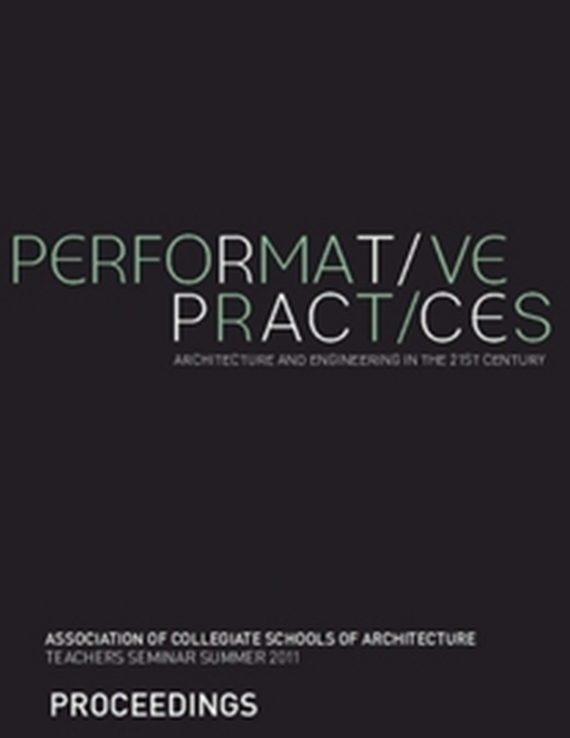Author(s): John Marshall, Max Stein & Karl Daubmann
New design practices are emerging that span multiple traditional disciplinary boundaries. As these new models of practice manifest, new pedagogies also become necessary, often challenging both existing educational models and institutional constraints as a result. Gibbons, et al1 questioned the adequacy of traditional disciplinary structures within universities in the context of broader social, technological and economic contexts. The Association of American Colleges and Universities have argued that universities need to change their practices to develop students as “…integrative thinkers who can see connections in seemingly disparate information and draw on a wide range of knowledge to make decisions.”2 The National Academies have recommended, “…students should seek out interdisciplinary experiences, such as courses at the interfaces of traditional disciplines…”3 and that “…schools introduce interdisciplinary learning in the undergraduate environment, rather than having it as an exclusive feature of the graduate programs.”4 As indicated above, there has been much calling for cross-disciplinarity in education but to date there has been little investigation on the impact of cross-disciplinary courses on learning, especially in comparison to teaching that is more discipline-specific. For educators a central question arises: How do we prepare students to be extra-disciplinary thinkers and doers with “habits of mind”5 that prepare them to make the sort of hybrid responses that complex performance problems demand?
https://doi.org/10.35483/ACSA.Teach.2011.5
Volume Editors
Kiel Moe & William Braham
ISBN
978-0-935502-79-4

 Study Architecture
Study Architecture  ProPEL
ProPEL 
